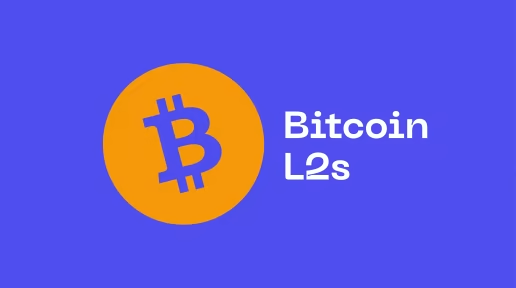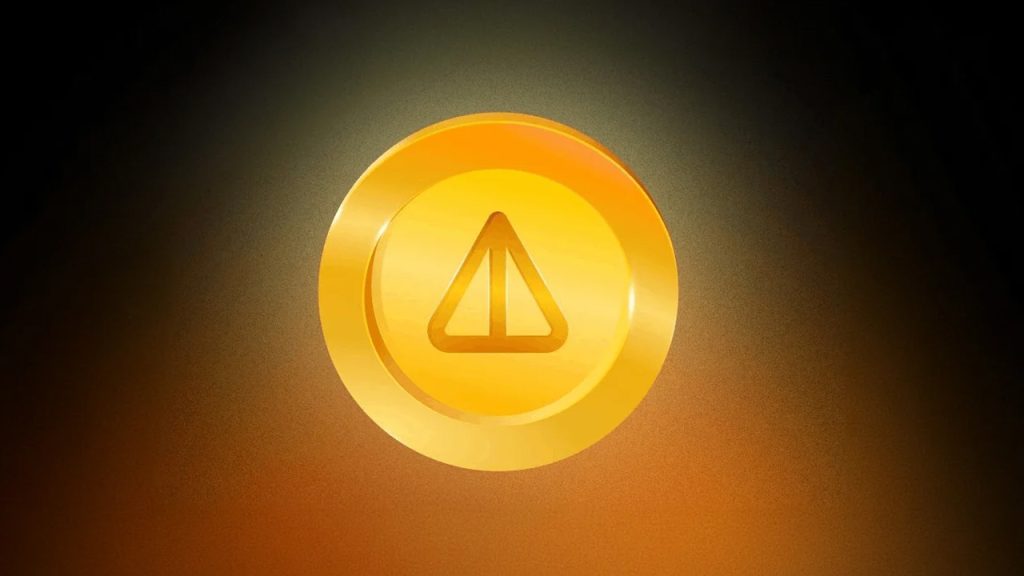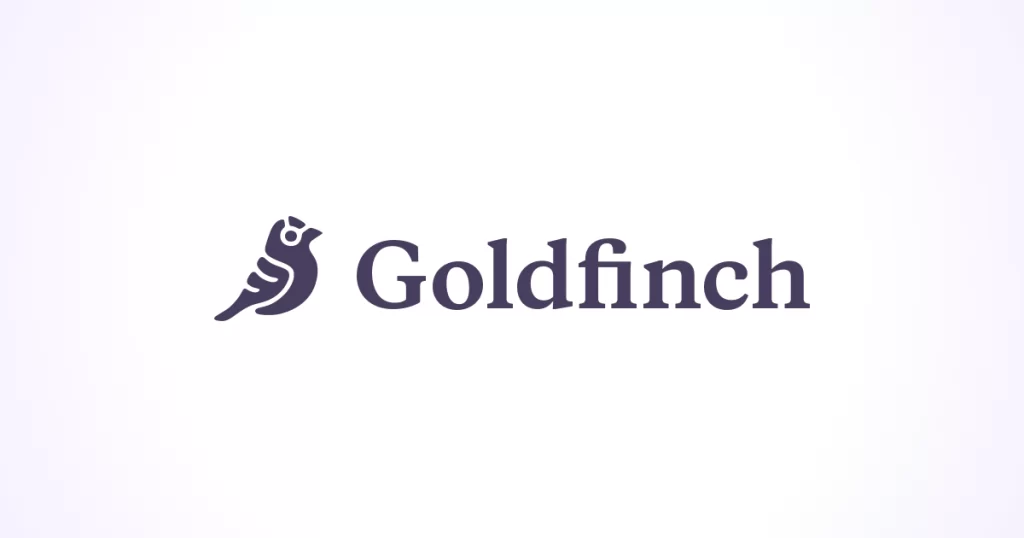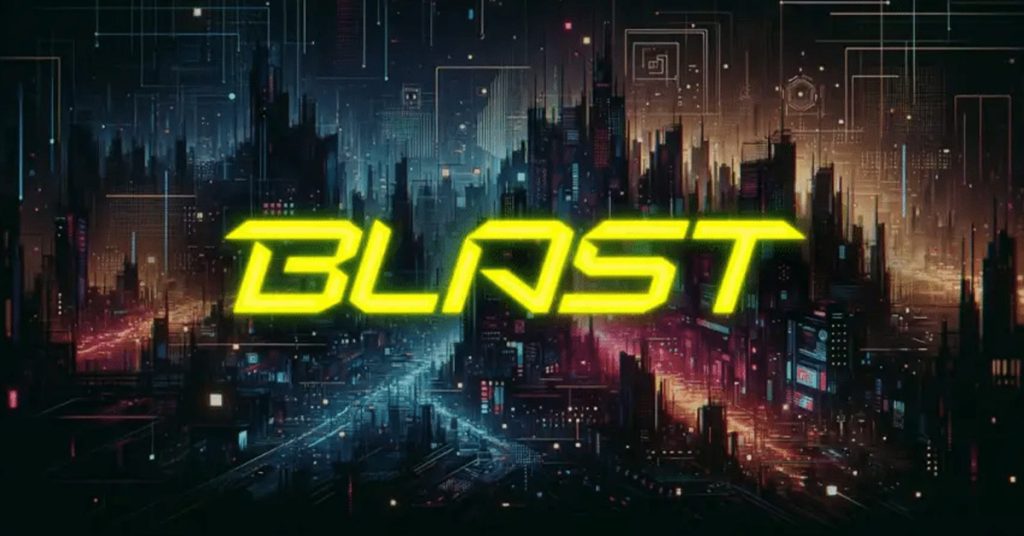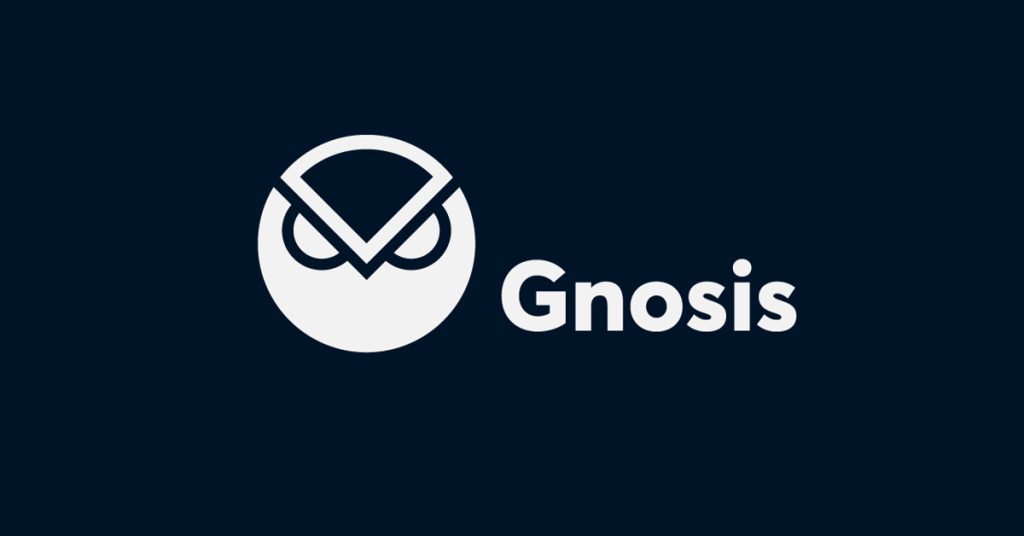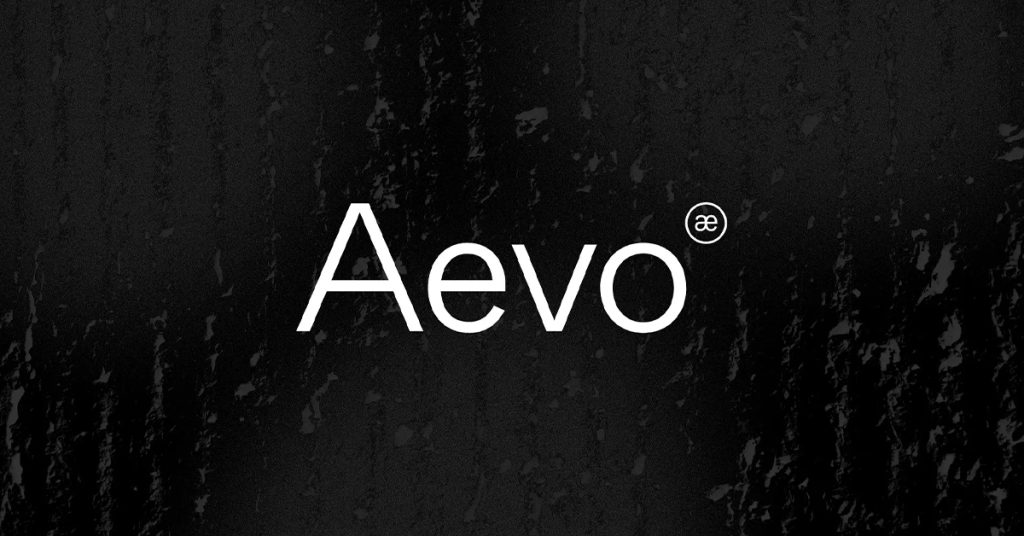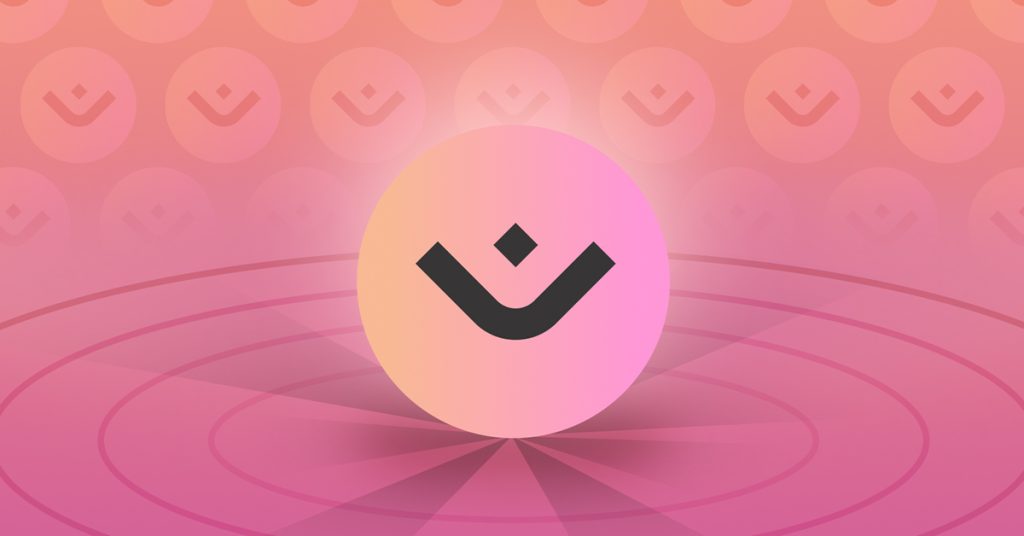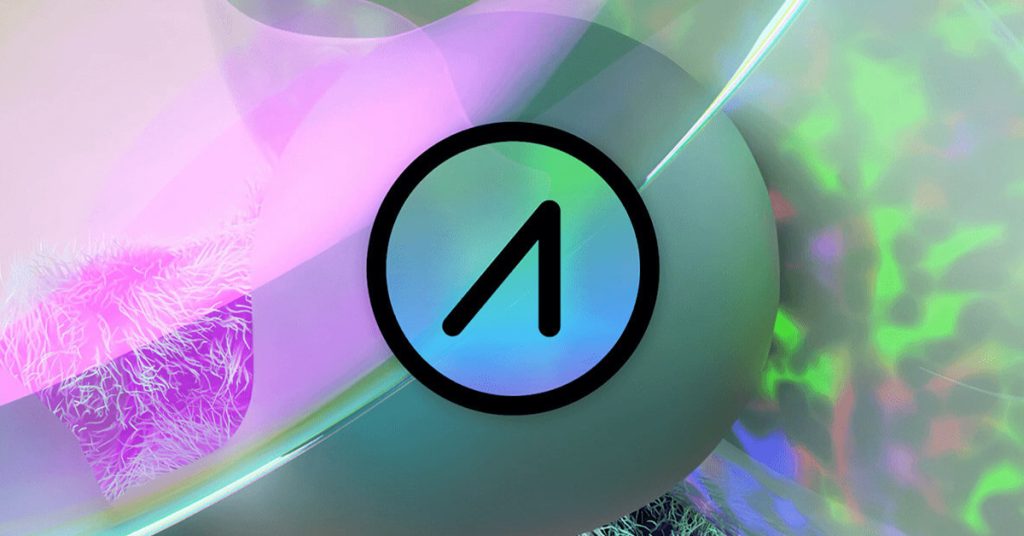Kaspa – The World’s First BlockDAG

TL;DR
Kaspa is responsible for developing the world's first BlockDAG protocol. At the same time, Directed Acyclic Graph (DAG) technology is nothing new. Kaspa has simply upgraded the original parallel processing formation by linking all side chains into a linear format. These systematic changes go even further when combined with what’s known as GHOSTDAG technology. The space began taking notice of Kaspa and this new technology around the beginning of 2022. Since then, Kaspa has exploded in value to bring its total annual gains to almost 2,000%. But, is Kaspa everything it’s said to be? Or is this just another IOTA disaster waiting to happen?
A crucial part of operating a network that people feel connected with and comfortable using is decentralization. It’s the reason why Bitcoin’s design carries such immutable elegance and DAGs are still considered the enemy of decentralization.
Kaspa has been compared to Bitcoin several times since its launch. But, Kaspa is nothing like Bitcoin and it never will be. The only similarity between Bitcoin and Kaspa is that both are Proof of Work networks that require mining to obtain new coins.
What is Kaspa?
Kaspa is a Layer-1 PoW network that allows multiple blocks to be hashed at the same time. The busier the network, the quicker it becomes. This allows Kaspa to scale at an incredible level compared to other networks.
Kaspa has been a community-driven project from the very beginning, with people from all over the world and all walks of life coming together to build the network. Everything from the GPU mining


